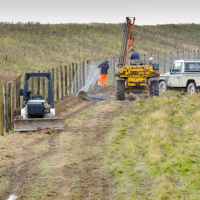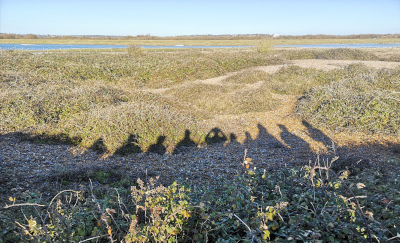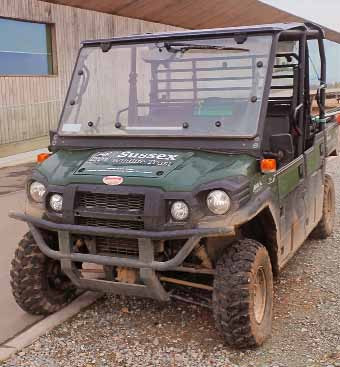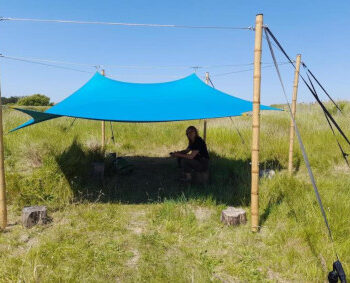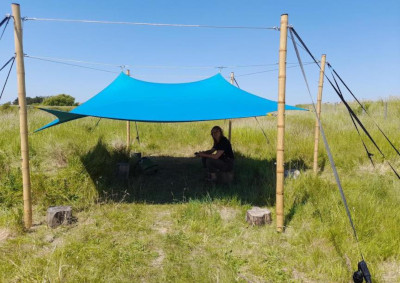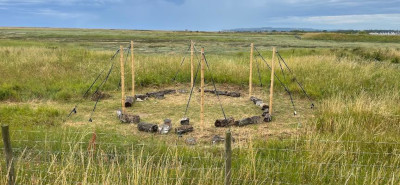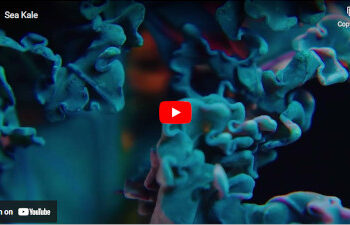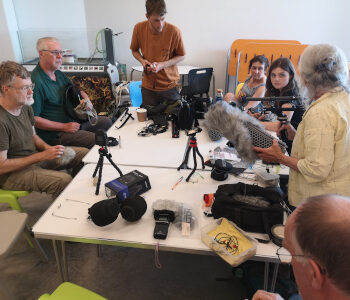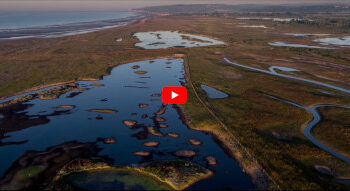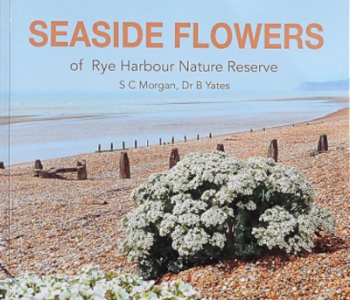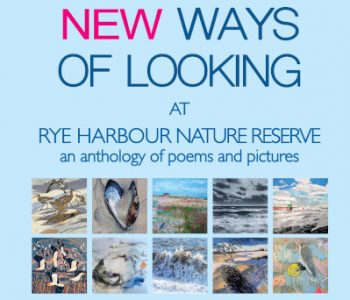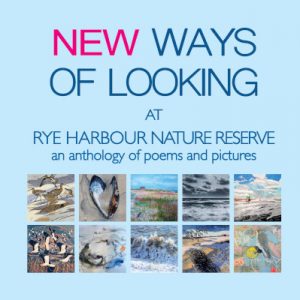
Staff Funding
For more than 50 years the Friends have contributed to the costs of staffing the nature reserve. This enabled the team to increase from a summer warden, to a full time one in then 2, then 3 wardens, then a full time education role. During this time the staff were first employed by the Management Committee, then in 1992 by East Sussex County Council, then from 2011 by Sussex Wildlife Trust.
Now a larger team works on the nature reserve and another team in the Discovery Centre to deliver more habitat management and more public engagement, education and other activities.
